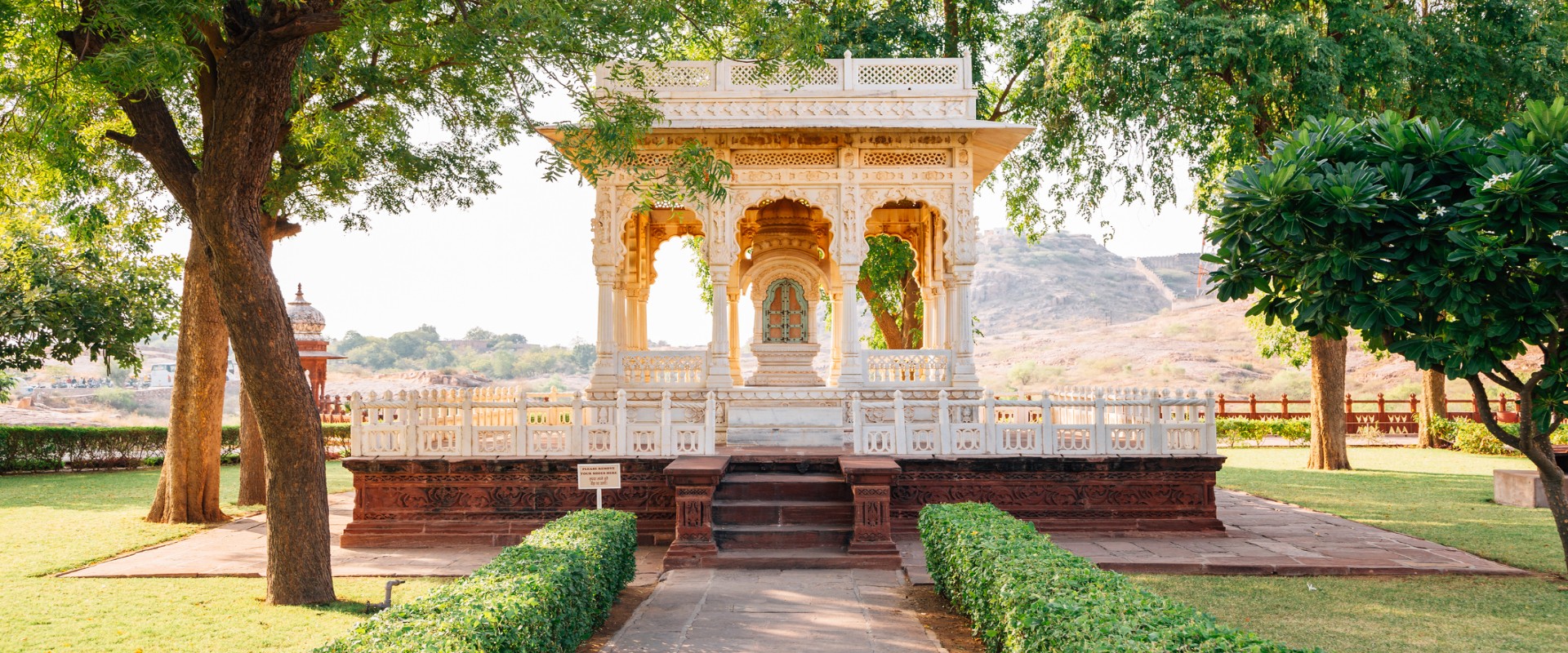Cremation Services
When planning a funeral, you have many options available to you. Punarjanm Funeral Services is a full-service funeral provider, able to accommodate all funeral services. The most traditional funeral service is a service followed by a cremation.
Traditional Cremation
When a death occurs, the Punarjanm Funeral Services is notified. The funeral home will make arrangements to have the loved one brought back to the funeral home.
Then funeral home will meet with the family to arrange the cremation services. These services may include the preparation of the body for cremation, scheduling the date, time and place of services, coordinating with clergy, and obtaining the death certificates and cremation permit.
The family will have a choice to have the services at the funeral home, followed by a short service and witnessing at the crematory or to have the entire funeral at the crematory of your choice.
Direct Cremation
Another option for families is a direct cremation. A direction is a service that must be handled through a funeral home provider, not a crematory. These services are limited to transfer form place of death to the funeral home, processing the death certificate and cremation permit, and transferring to the crematory, where the cremation will take place.
This cremation option does not include any scheduled funeral ceremonies.
Cremation FAQ
What is cremation?
Cremation is the process of reducing the human body using high heat and flame. Cremation is not the final disposition of the remains, nor is it a type of funeral service.
Is a casket needed for cremation?
No, a casket is not required. Most states require an alternative container constructed of wood or cardboard; however, in some states, no container is required.
Is embalming required prior to cremation?
No. It is against the law for a funeral home to tell you otherwise.
Can the body be viewed without embalming?
Yes, most crematories allow immediate family members to view the deceased prior to cremation.
Can the family witness the cremation?
Yes they can; some cremation providers will allow family members to be present when the body is placed in the cremation chamber. Some religious groups ask for this as part of their funeral custom.
Can an urn be brought into church?
Nearly all Protestant Churches allow for the urn to be present during the memorial service. Most Catholic Churches also allow the remains to be present during the Memorial Mass. Including cremated remains as a part of the funeral provides a focal point for the service.
What can be done with the cremated remains?
While laws vary state by state, for the most part, remains can be buried in a cemetery lot or in a cremation garden, interred in a columbarium, kept at home, or scattered.
How can I be sure I receive the correct remains?
All reputable cremation providers have developed rigorous sets of operating policies and procedures in order to maximize the level of service and minimize the potential for human error. Since it is illegal to perform more than one cremation at a time, and the vast majority of crematories can only cremate one body at a time, it is next to impossible to receive the incorrect remains.
How long does the actual cremation take?
It all depends on the weight of the individual. For an average sized adult, cremation can take two to three hours at a normal operating temperature of between 1,000 and 2,000 degrees Fahrenheit.
What do the cremated remains look like?
Cremated remains resemble coarse sand and are whitish to light grey in color. The remains of an average sized adult usually weigh between 7 and 8 pounds.
Do I need an urn?
An urn is not required by law. An urn may be desired if there is to be a memorial service or if the remains are to be interred in a cemetery. If an urn is not purchased or provided by the family, the cremated remains will be returned in a temporary plastic container.







